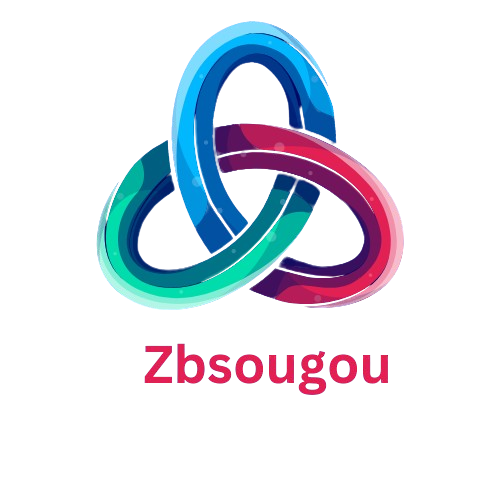The Art and Science of Web Design: Crafting Digital Experiences
In the vast digital landscape of the internet, where billions of websites vie for attention, effective web design is the beacon that guides users through the virtual maze. Web design isn’t just about making something visually appealing; it’s about creating an immersive experience that seamlessly integrates aesthetics, functionality, and usability. Let’s embark on a journey into the fascinating world of web design, where artistry meets technology.
Understanding the Essence of Web Design:
1. Aesthetic Appeal: Visual aesthetics Gold Coast interior design services play a pivotal role in capturing users’ attention and conveying the essence of a brand or message. From color schemes to typography, every element contributes to the overall look and feel of a website. Clean layouts, striking imagery, and intuitive navigation enhance user engagement and leave a lasting impression.
2. User Experience (UX) Design: At the heart of web design lies the concept of user experience. UX design focuses on understanding users’ needs and behaviors to create interfaces that are intuitive, efficient, and enjoyable to interact with. Seamless navigation, responsive design, and accessibility features ensure that users can effortlessly engage with the content across various devices and platforms.
3. Responsive Design: With the proliferation of smartphones and tablets, ensuring a consistent experience across different screen sizes has become imperative. Responsive design adapts the layout and content of a website dynamically based on the device being used, optimizing usability and accessibility for all users, regardless of their chosen platform.
The Building Blocks of Web Design:
1. HTML (Hypertext Markup Language): HTML serves as the foundation of web design, providing the structure and semantics for organizing content on a web page. Elements such as headings, paragraphs, and lists define the hierarchy and layout of information, while tags and attributes specify how content should be displayed and interacted with.
2. CSS (Cascading Style Sheets): CSS complements HTML by controlling the visual presentation of a website, including aspects such as layout, typography, colors, and animations. By separating content from presentation, CSS enables designers to create cohesive and visually appealing interfaces while maintaining flexibility and scalability.
3. JavaScript: JavaScript adds interactivity and dynamism to web pages, allowing for dynamic content updates, form validation, animations, and interactive user interfaces. As one of the most versatile programming languages for web development, JavaScript empowers designers to create immersive and engaging experiences that captivate users and drive interaction.
Trends and Innovations in Web Design:
1. Minimalism: Less is more in the world of web design, with minimalist aesthetics emphasizing simplicity, clarity, and whitespace. Clean layouts, subtle animations, and streamlined navigation create a distraction-free environment that highlights content and enhances user focus.
2. Dark Mode: Dark mode design has surged in popularity, offering a stylish alternative to traditional light interfaces. Dark color schemes reduce eye strain in low-light environments, conserve battery life on OLED displays, and evoke a sense of sophistication and modernity.
3. Microinteractions: Microinteractions add delightful moments of engagement to user interactions, ranging from animated button hovers to subtle feedback animations. These small but meaningful details enhance usability, provide feedback, and create a sense of responsiveness that enriches the overall user experience.
Conclusion:
Web design is a dynamic and multidisciplinary field that continues to evolve in tandem with technological advancements and changing user expectations. By embracing the principles of aesthetics, usability, and innovation, designers can craft digital experiences that captivate audiences, foster engagement, and leave a lasting impression in the vast and ever-expanding landscape of the internet. In the artful fusion of creativity and technology lies the essence of web design—a testament to the boundless possibilities of human expression in the digital age.
